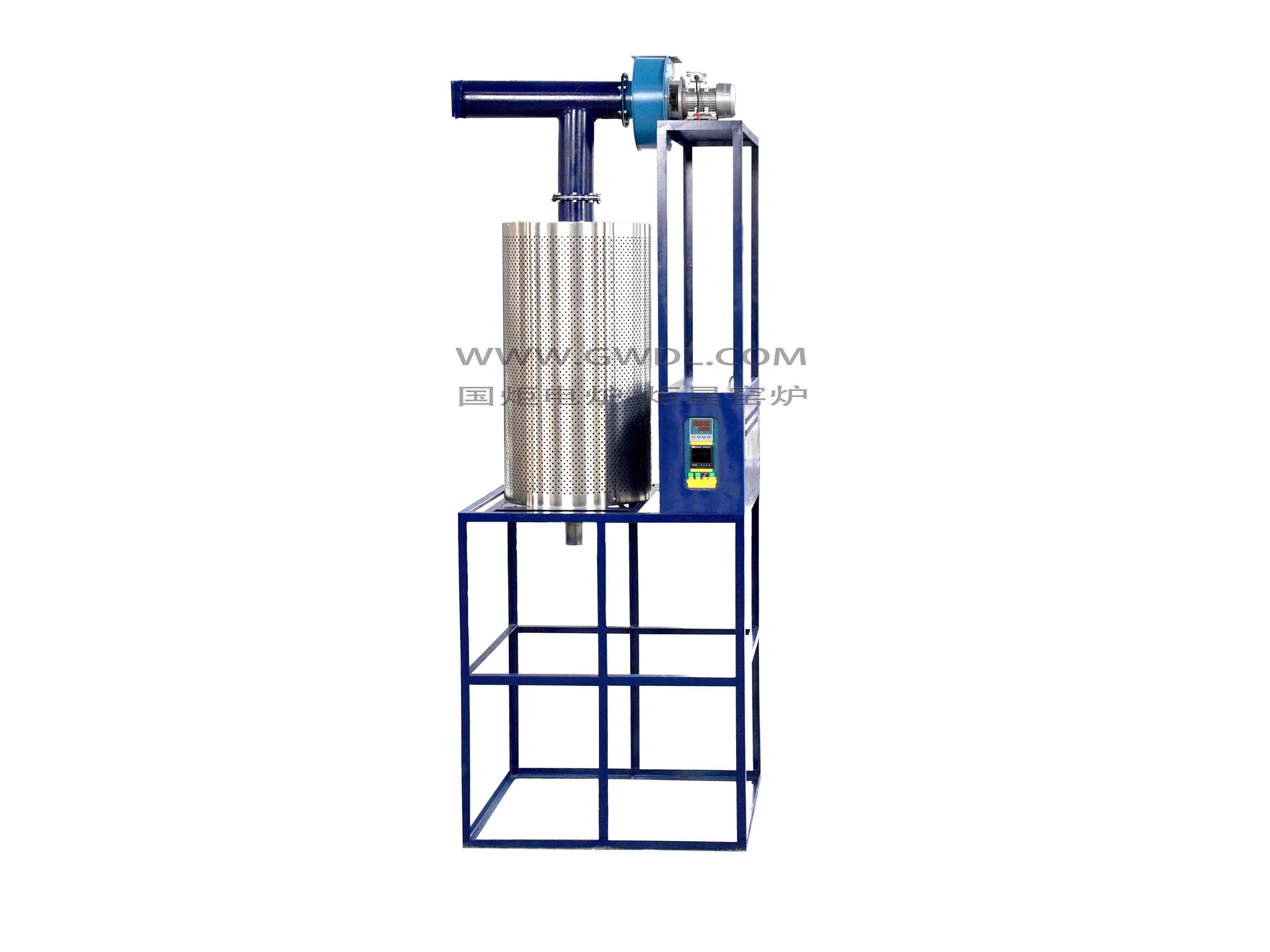Email:gwdlcom@gmail.com |
sales@gwdl.com
Telephone/WhatsApp:+86-15637962277

GWL Series High-Temperature VOC exhaust gas purification furnace, The combination of the control system and furnace chamber, using Ocr21A16Nb super alloy resistance wire or silicon carbide rod(Sic) as the heating element,The principle is that the organic matter in the exhaust gas is oxidized to the corresponding carbon dioxide and water at a high temperature, thereby purifying the exhaust gas, and recovering the heat released when the exhaust gas is decomposed, and the decomposition efficiency of the exhaust gas of the three-chamber series VOC purification furnace is over 99%, and the heat recovery efficiency is high. More than 95%.
Main parameter index:
1. the highest temperature: 1000 degrees.
2. normal use temperature: 750 degrees.
3. waste gas treatment capacity: 80 cubic meters / hour, processing efficiency 95%
4. voltage: 380ACV
5. power: 16kw
6. pipe material: 304 stainless steel
7. temperature measuring components: K-type thermocouple
8. temperature control accuracy: ± 3 degrees
9. control mode: programmable, PID self-tuning + SCR
10. heating rate: 50 Centigrade/Min
Introduction:
The principle is that the organic matter in the exhaust gas is oxidized to the corresponding carbon dioxide and water at a high temperature, thereby purifying the exhaust gas, and recovering the heat released when the exhaust gas is decomposed, and the decomposition efficiency of the exhaust gas of the three-chamber series VOC purification furnace is over 99%, and the heat recovery efficiency is high. More than 95%.
Working Principle
The principle is to heat the organic waste gas above 760 degrees Celsius (specifically, the composition needs to be seen), so that the VOC in the exhaust gas is oxidized and decomposed into carbon dioxide and water. The high-temperature gas generated by oxidation flows through a special ceramic regenerator to heat up the ceramic and "storage heat", which is used to preheat the organic exhaust gas that subsequently enters. Thereby, the heating consumption of the exhaust gas heating is saved. The ceramic regenerator should be divided into two (including two) or more, and each regenerator undergoes a heating-heating-cleaning process in sequence, and it works continuously and continuously. Immediately after the “heat release” of the regenerator, an appropriate amount of clean air should be introduced to clean the regenerator (to ensure that the VOC removal rate is above 98%), and the “heat storage” procedure can only be entered after the cleaning is completed. Otherwise, the residual VOCs are discharged to the chimney with the flue gas to reduce the processing efficiency.
Use of exhaust gas
Types of organic waste gas: hydrocarbon organic waste gas such as alkanes, olefins, ketones, ethers, esters, aromatic hydrocarbons, and benzenes.
Organic high concentration, small air volume
Exhaust gas contains a variety of organic components, or organic components often change
Exhaust gas containing easy catalyst or reactive decay components
Performance characteristics
Can handle almost all waste gases containing organic compounds.
Can handle low-volume, high-concentration organic waste gas.
Very flexible to handle organic waste gas flow.
Can adapt to the changes and fluctuations in the composition and concentration of VOC in organic waste gas.
Insensitive to entrainment of small amounts of dust and solid particles.
Highest thermal efficiency in all thermal combustion purification processes (for 95%).
Self-heating operation without adding auxiliary fuel at a suitable exhaust gas concentration.
High purification efficiency (three chambers greater than 99%).
Low maintenance workload and safe and reliable operation.
Organic precipitates can be removed periodically, and the regenerator can be transformed
Less pressure loss across the unit
Long service life
Application range
Printing, drying, compounding and cleaning, inks, adhesives, coating agents, fountain solutions, car wash water, plastic printing, plastic printing, film packaging printing, paper gravure printing, soft printing, screen printing , offset printing, embossing, mime printing, pad printing, metal printing, tinplate printing iron, commercial rotary printing, sheetfed printing and other packaging and printing waste gas treatment.
*Content may be subject to modifications or corrections